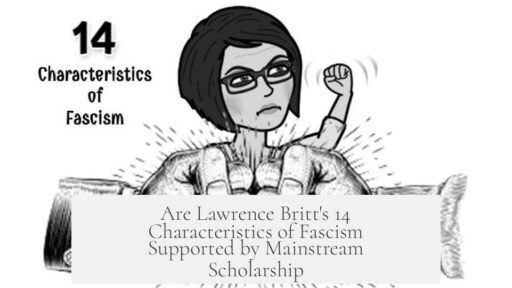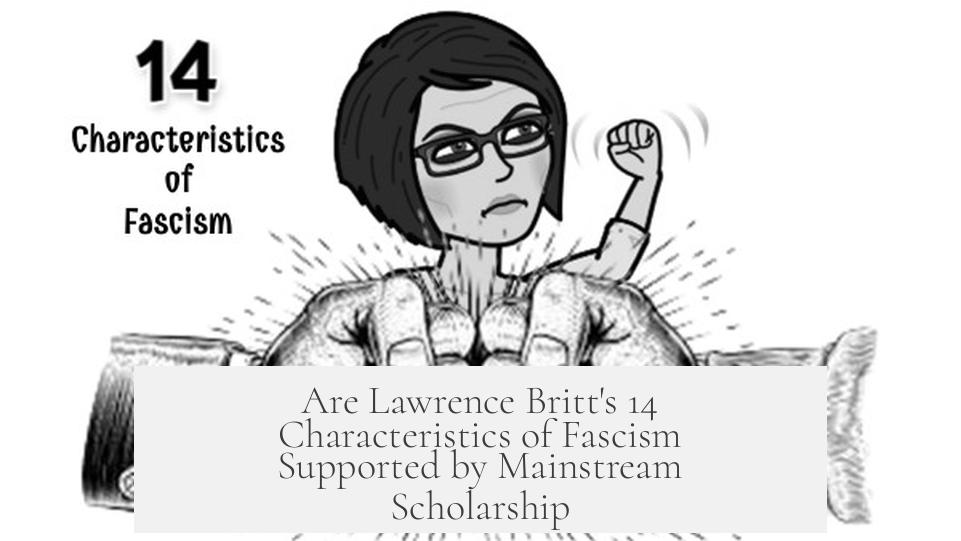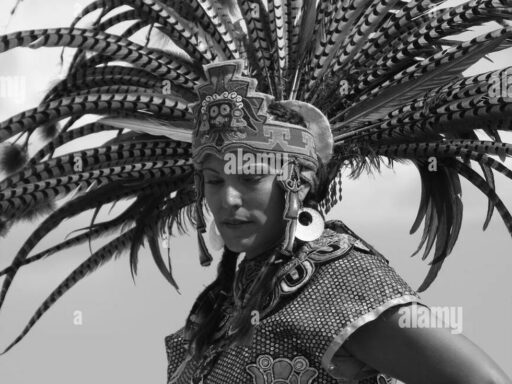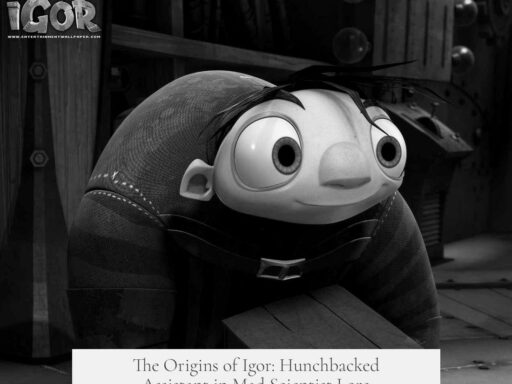The 14 characteristics of fascism outlined by Lawrence Britt partially align with mainstream scholarship but involve significant simplifications and inaccuracies that scholars critique. Britt’s list provides a general framework but often conflates fascism with broader authoritarian tendencies, leading to a less precise understanding compared to academic analyses.
Laurence W. Britt, a novelist rather than a historian, published his 14 characteristics of fascism mainly to illustrate themes in his political novel. While the list overlaps with real elements of fascist regimes, scholars argue it lacks nuance and sometimes mischaracterizes key aspects.
One major critique focuses on Britt’s equivalence of fascism with authoritarianism. This approach is too broad, as authoritarian governments that are not fascist often exhibit several of these features. For example, Soviet authoritarianism under Lenin and Stalin shared traits such as suppressing dissent or controlling labor, which are on Britt’s list. This causes the distinction between fascism and other authoritarian forms to blur.
Regarding specific points:
- Nationalism: Britt uses “nationalism,” but scholars prefer “chauvinism” or “ultranationalism” to describe fascist zealotry, reflecting aggressive patriotism and ethnic supremacy, more extreme than typical nationalism.
- Disdain for Human Rights: The fascist era overlapped with widespread human rights abuses globally, so disdain for rights is not unique to fascists. Fascism’s human rights violation must be contextualized within its time rather than treated as an exclusive trait.
- Identification of Enemies/Scapegoats: Britt highlights scapegoating minorities. While true for fascism, scapegoating is a common political strategy. Some scholars suggest emphasizing how fascists construct national myths to unify society around a shared identity.
- Religion and Government: Britt’s characterization oversimplifies religion’s complex role in fascist regimes. Italian Fascism and German Nazism neither fully allied with nor opposed religion consistently. Mussolini and Hitler had adversarial relationships with religious institutions despite public rhetoric. This complexity contrasts with the straightforward coupling Britt implies.
- Corporate Power and Labor: Britt implies fascism protects corporate interests above all. However, fascist corporatism aimed to incorporate capital and labor within a state hierarchy, theoretically balancing their roles under state control. Independent labor unions were banned, but labor’s role was formally integrated into the state system.
- Disdain for Intellectuals and Arts: Contrary to Britt, fascism did not uniformly suppress intellectual activity. Fascist Italy, in particular, had state-supported intellectuals and initiatives to reform education and promote cultural programs aligned with regime ideals.
- Fraudulent Elections: Britt lists this as a feature, but fascism was intrinsically anti-democratic, being a corporatist and totalitarian system. Elections, when held, were often symbolic, and the regime bypassed genuine electoral competition.
Umberto Eco’s 1995 essay on ‘Ur-Fascism’ presents another influential set of 14 principles that overlap considerably with Britt’s list but offer a more scholarly foundation. Eco’s points focus on cultural and ideological dimensions like the cult of tradition, rejection of modernism, obsession with conspiracies, and machismo. Eco approaches fascism as a living phenomenon, emphasizing propaganda methods and psychological traits rather than institutional features alone.
The relationship between religion and fascism remains a contested scholarly topic. Historians note that in Italy, while Mussolini signed the Lateran Treaty with the Catholic Church, underlying tensions persisted. Similarly, Nazi Germany positioned itself variably toward Christianity, ranging from co-option attempts to violent persecution of clergy and suppression of religious groups.
Overall, Britt’s list serves as a useful heuristic for identifying broadly authoritarian and nationalistic traits but lacks historical precision and complexity. Fascism, as understood by scholars, is a specific political ideology with unique features like ultranationalism, totalitarian control blending state and corporate power, mass mobilization, and myth-based identity politics. Simplified lists risk conflating this with any authoritarian rule.
| Aspect | Britt’s Characterization | Mainstream Scholarly View |
|---|---|---|
| Nationalism | Nationalism | Ultranationalism or chauvinism — aggressive ethnic supremacy |
| Human Rights | Disdain for human rights as unique | Human rights abuses were widespread in era; fascism notable but not unique |
| Religion and State | Strong alliance of religion and government | Complex and sometimes antagonistic relationships with organized religion |
| Corporate Power | Corporations protected above labor | Corporatist hierarchy; labor incorporated under state but independent unions banned |
| Intellectuals and Arts | Disdain and suppression | Regime-supported intellectuals and educational reforms, though tightly controlled |
| Election Fraud | Systematic fraudulent elections | Anti-democratic corporatist regime; elections mostly symbolic or abolished |
- Britt’s 14 characteristics broadly echo recognized fascist traits but often lack specificity and historical context.
- His list conflates fascism and general authoritarianism, limiting its scholarly accuracy.
- Complex relationships, such as those between fascism and religion, are oversimplified or misrepresented.
- Umberto Eco’s 14 principles of Ur-Fascism offer a more nuanced, academically grounded framework.
- Britt’s list works as a starting point but should be supplemented with detailed historical scholarship.
Are Lawrence Britt’s 14 characteristics of fascism widely accepted by scholars?
Britt’s list is not fully aligned with mainstream scholarship. Many experts find it overly broad and equate it more with authoritarianism than with fascism specifically.
How does Britt’s view of religion in fascism compare to historical evidence?
Britt suggests religion and fascism are closely linked, but historians show a complicated relationship. Mussolini and Hitler often clashed with religious institutions rather than allied with them.
Do Britt’s characteristics accurately reflect the role of labor and corporations in fascist regimes?
Britt claims fascism protects corporate power and suppresses labor, but in reality, fascist corporatism placed labor within the national hierarchy alongside capital. Independent unions were crushed, but labor was integrated, not eliminated.
Is Britt’s characterization of nationalism in fascism precise?
Britt uses “nationalism,” but scholars argue “chauvinism” better captures fascist extremism. Fascist nationalism was aggressive and exclusionary, beyond simple patriotism.
How does Umberto Eco’s concept of “Ur-Fascism” relate to Britt’s list?
Eco’s 14 principles share similarities with Britt’s but come from a more academic background. Eco emphasizes aspects like the cult of tradition and rejection of modernism, providing a nuanced framework often preferred by scholars.




